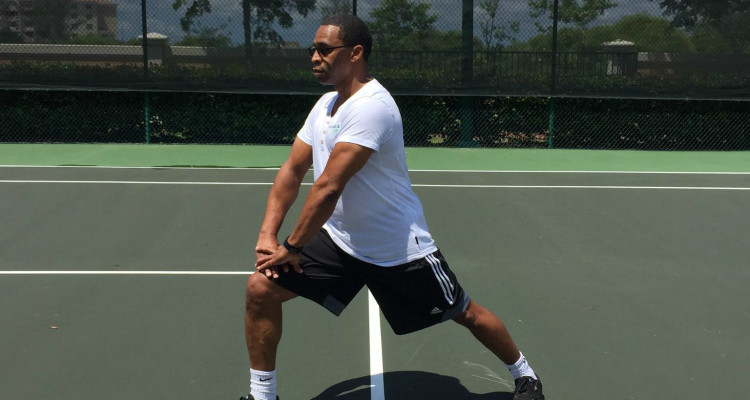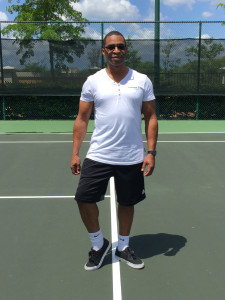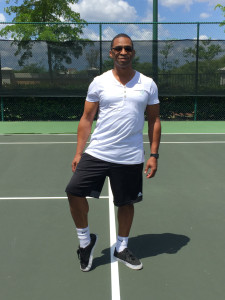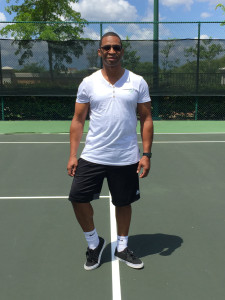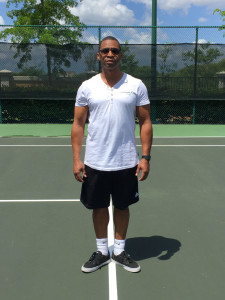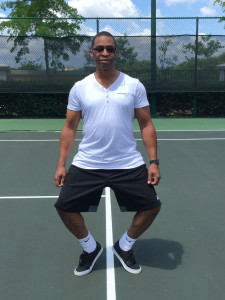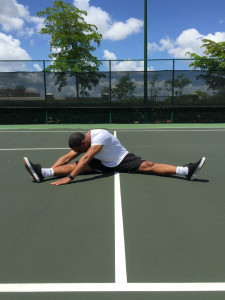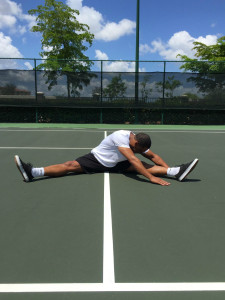Let’s be honest: sometimes stretching doesn’t take priority after a workout. The next day is rough, and if you keep at it, you can end up getting seriously injured. But it can be hard to know exactly what to do—while it’s a critical part of any sport, many of us aren’t exactly versed in the art of stretching.
So we decided to take some tips from experts in the field. We caught up with Keith and Lisa Banks of Movement 4 Life, a wellness-driven dance and coaching program based in Fort Myers, who spoke to us about dancers’ stretches that can help athletes of all stripes prevent injuries and soreness.
“There are many components of a dancer’s regimen that any athlete could benefit from,” Lisa tells us. The couple regularly work with athletes who just need a little extra stretch to take their game to the next level.
One example comes from a seemingly unlikely place—the world of softball.
“A young catcher attempting to work out her legs on the stationary bike was experiencing severe knee pain,” Keith tells us. “She asked for some suggestions to help her continue training without the strain. It was immediately apparent to me what the problem was, so I directed her in stretching out her hip flexors and quads, and within five minutes, the aches began to subside.”
Related: How to Sculpt Strong, Sexy Calves: An Illustrated Guide
It turns out that the softball players’ years of deep squats had simply taken their toll—and as a professional in the field of dance for over 25 years, Keith and Lisa knew how to handle it.
“Proper breathing and stretching was needed to relieve the overuse and fatigue from repeated deep squats. So often, athletes’ discomfort can be misdiagnosed as threatening ailments, when in reality, they often just need to stretch—stretching increases circulation through warming up the muscle groups and tendons for the work that follows.”
We asked Keith and Lisa to share some basic dancers’ stretches with us—stretches that can help every athlete achieve greater comfort and flexibility.
“These simple dancers’ stretches can indeed raise your A-Game,” Lisa tells us. “First, remember each and every body is unique. Start off with a self-assessment and embrace areas that need improvement, as well as your strengths. Be honest with yourself! Pick music you can stretch out to and get down to the business of stretching your way to your personal best. Begin from the bottom up—feet to head!”
Foot stretches
Whether you’re a biker, runner, gymnast or dancer, it’s priceless to leverage the knowledge of proper foot training.
How to:
Keep the ball of the foot firmly planted on the floor. Raise the heel as high as possible (called a demi-pointe in dance). Next, if you’re feeling ambitious, stretch the front by rolling over the toes until they are gently pressing flat against the floor. This is best when performed at a support barre, but you can support yourself on another surface. Do not attempt this stretch unsupported. Then roll your foot back to the ball and flat.
Looking for more ways to stretch your feet? Draw the entire alphabet with your big toe to articulate the many possible motions of the ankle. This keeps mobility in the ankle and muscles of the lower leg.
Lower Leg Stretch
The plié (a term that juts means “to bend the knees”) is the most familiar of dance-specific stretches. All the muscles of the lower leg function better when they “resemble a rubber band versus a steel band.” Practicing pliés can help athletes achieve jumps that are “more explosive and higher.”
How to:
Begin a series of slow, steady knee bends, keeping your heels firmly planted on the ground.
Quad and hamstring stretch
Runners and cyclists will feel the sensation of “joint liberation” if they perform quad and hamstring stretches 3- 4 times a week.
How to:
Sit on the floor (knees pointed towards the ceiling) with legs apart and slowly reach your elbows towards the ground in front of you. Take several deep breaths until the stretching sensation is less intense, then proceed forward until the chest can eventually touch the ground. To add the next level, reach over each leg separately while keeping the “sit bones” planted firmly on the ground.

